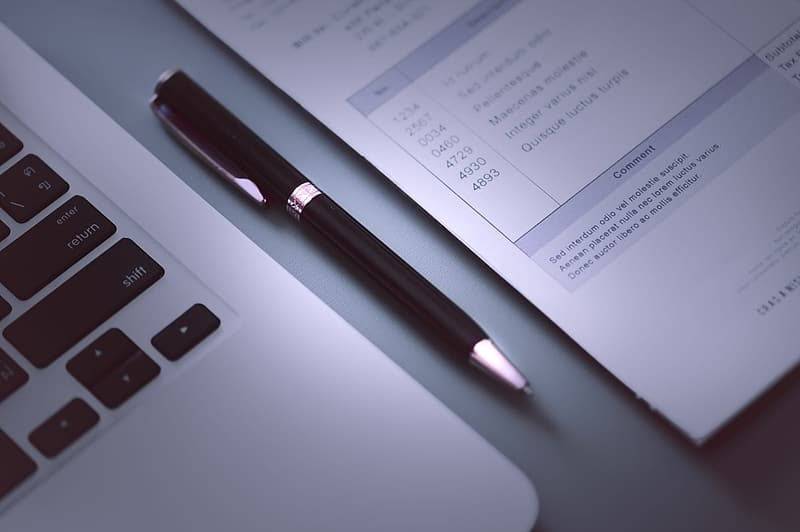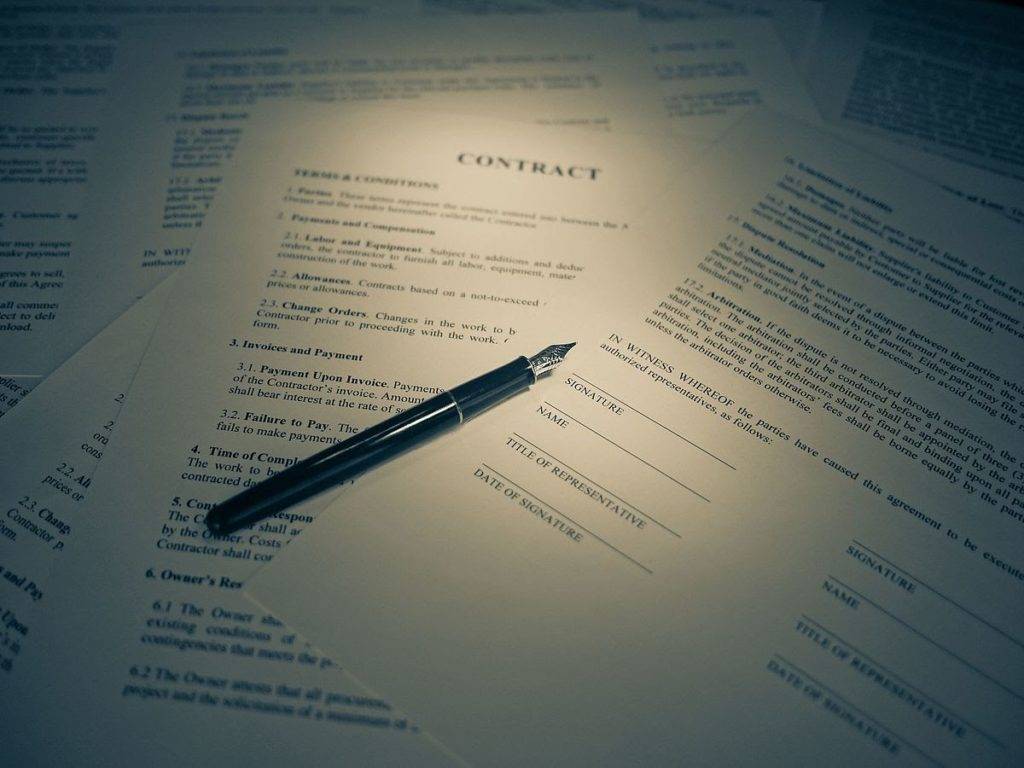Invoice disputes are unpleasant but common in the business world. And every now and then, as a business owner, you’ll have to find a way to deal with these obstacles.
In this article, we’re going to cover the basics of tackling invoice disputes like a pro. But before we dive into the subject, let’s clarify what constitutes an invoice dispute.

What’s an Invoice Dispute?
Invoice disputes occur when a customer refuses to pay an invoice. In most cases, the customer will cite invoice discrepancies as a reason to dispute the amount. For example:
- Date error
- Hours
- Price
- Quantity
- Product/Service descriptions
- Other reasons
You can find the legal basis for an invoice dispute here.
Keep Calm & Double-Check Your Records
Once your invoice is disputed, the first thing you need to do is count to ten and examine the situation. What’s the reason the customer doesn’t want to pay the amount due?
The Customer is Not Happy with the Service or the Product
One of the most common reasons for invoice disputes is when the customer is not happy with the service or the product. This situation can be the result of a simple miscommunication or a mismatch in expectations. However, sometimes the customer might just change his mind, and cite this as a reason because it’s convenient.
This is where record-keeping is crucial. And why you should invest in online invoicing software at the beginning of your business. With the right software, you can even generate a bitcoin invoice online.
By double-checking your records and written communication, you’ll have a better idea about how to handle the situation.
Billable hours
Lawyers are not the only ones that use the term billable hours. And if you’re providing an hour-based service, you might have an issue with your clients about the number of billable hours. This issue is again resolved with record keeping in the form of a timetable or time tracking software.
Price Issues
If you and the customer have a different understanding of the agreed price after the purchase, you might get your invoice disputed. As above, if you’re keeping records, this issue might get quickly resolved. Written communication, signed quotes and agreements are your best bet for solving these situations.
The Customer is Simply Not Paying the Invoice
When a customer is not paying the invoice because they can’t, and not because they cite a specific reason, you have to try to find a solution. You can offer them to pay the amount in installments or extend the payment period. However, you need to make sure they’ll be solvent and able to pay after an extended period.
Also, it might be prudent to add and sign an addendum that outlines the new payment period or terms with the customer.
Prepare Proof

No matter the reason for the disputed invoice, you have to be prepared. Hence, once you analyze and understand the situation, you have to start gathering proof that will back your claim. If your goal is to settle the dispute amicably, then the evidence will help you achieve that goal. Sometimes the customer needs more time and information to understand the invoice.
If you walk them through the signed documents and if you explain the value of your product and service, you might get paid quicker and without too much hassle.
However, if the customer is not interested in paying the invoice, then you might have to resort to legal remedies, and you’ll need proof.
Use Clear Language
By far, the most crucial segment of resolving an invoice dispute is using a clear language to explain the situation. The same rules apply for defining the terms and conditions before the purchase. Clarity is essential for:
Payment Terms
Many disputes are a direct result of unclear or undefined payment terms. The lack of clarity can cause miscommunication between the parties, and further, deteriorate your relationship with the client. That’s why sending detailed and precise invoices, with clear payment terms is crucial.
By using invoicing software, you can minimize any potential risks, and you can send reminders to your clients.
Quotes & Proposals
Before you enter into a new business relationship, you should always send customized quotes and proposals. These documents should outline, directly and clearly, the terms and conditions of the deliverables. Including, but not limited to, specifications, price, and time.
Providing details in quotes and proposals is good practice. And in every offer you’re sending, you need to describe the scope of work and give a summary. By providing the client upfront with precise specifications, you’re managing expectations. The client will know what to expect from your service or product.
Thus, this practice might diminish the risks of disputed invoices.
Agreements

The same rules apply for drafting contracts. However, we must note that a legal professional should review every agreement you sign. Furthermore, you should add a clause about disputed invoices.
With a signed contract, you and your client will know what to expect and how to proceed.
Written Communication with the Client
Keeping records of the written communication with your client might provide additional clarity, and it can be used as proof. Hence, if you have any questions about the purchase or the project, you should address them in writing.
Written communication provides you with an additional layer of security, and it might help you avoid further issues with your clients.
Try to Reach an Agreement
Receiving a note of dispute is not the end of the world, and even though it’s an unpleasant experience, it is fixable. However, you need to approach the situation calmly and logically. Examine the reason for the invoice dispute and go over your records. Once you have all the available information, you should respond.
Your answer should be professional and kind, which might increase the chance for a quick solution with the customer. And if after careful examination, you are sure that there are no errors on your part, insist on payment.
You shouldn’t compromise your company’s policies and payment terms!
Steadily and professionally present the supporting documentation behind the invoice and explain the details. Take the time to discuss the dispute with your customer and be open-minded about what they have to say. Give them a chance to explain their reasoning, and they will extend the courtesy.
If you’re open for dialog, chances are you will settle this amicably.
However, if there are errors on your end, then you should admit your mistake, apologize, and find a way to make it up to your client. Send them a corrected invoice with a new date due invoice. And giving them a discount on the next purchase might persuade them to keep doing business with you.
Final Thoughts
Taking the time to talk through the issue with your customer can considerably improve the situation. Your goal should be to preserve the existing relationship and get the invoice paid. And that can be achieved if you’re focused on finding an amicable solution that works for both parties.
As a business owner, you should always prioritize customer satisfaction, but not at the expense of cash flow. That’s why staying calm and assessing the situation before you respond is the best course of action.
Did you find this blog helpful for your business? Want more weekly insights to help grow your small business faster? Sign up below for our upcoming newsletter for free packed with curated tips and strategies to generate additional income!



